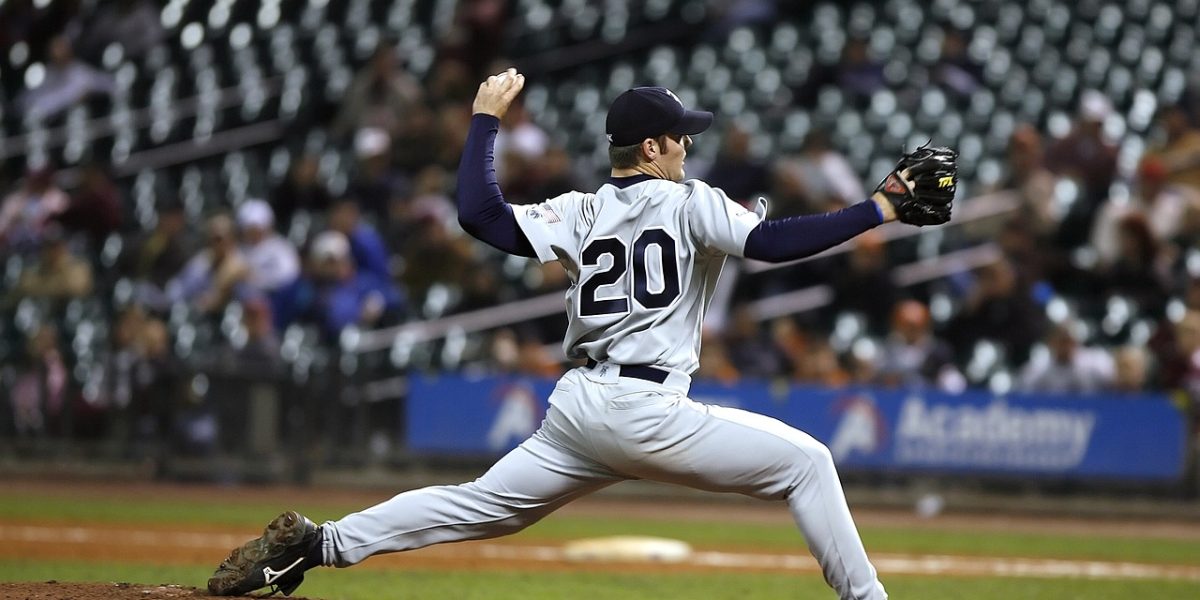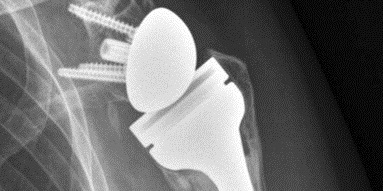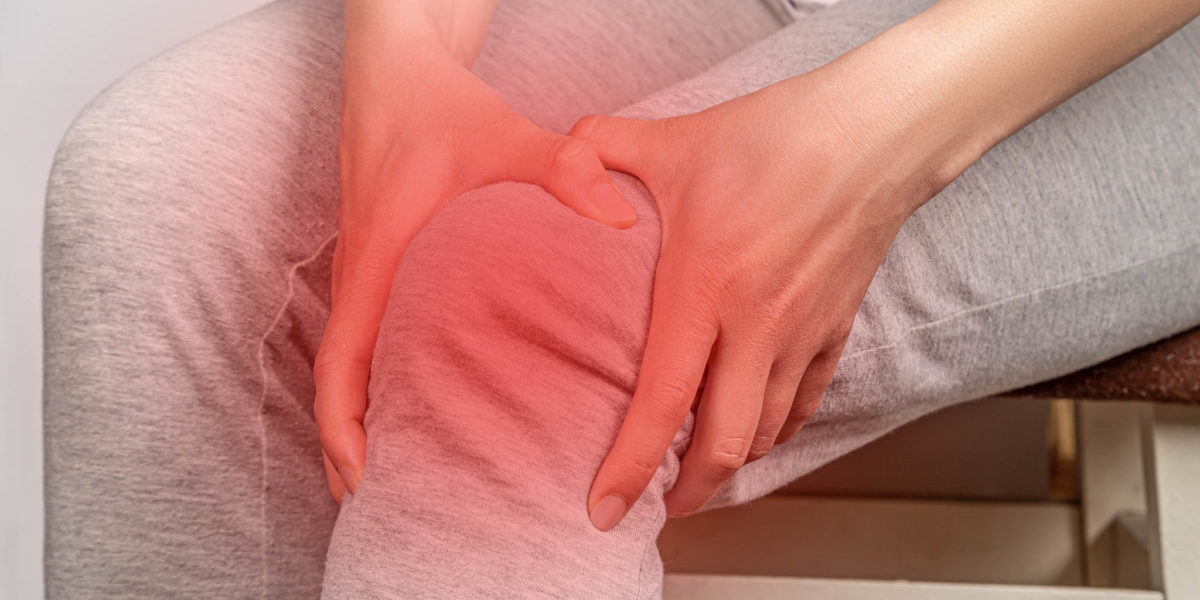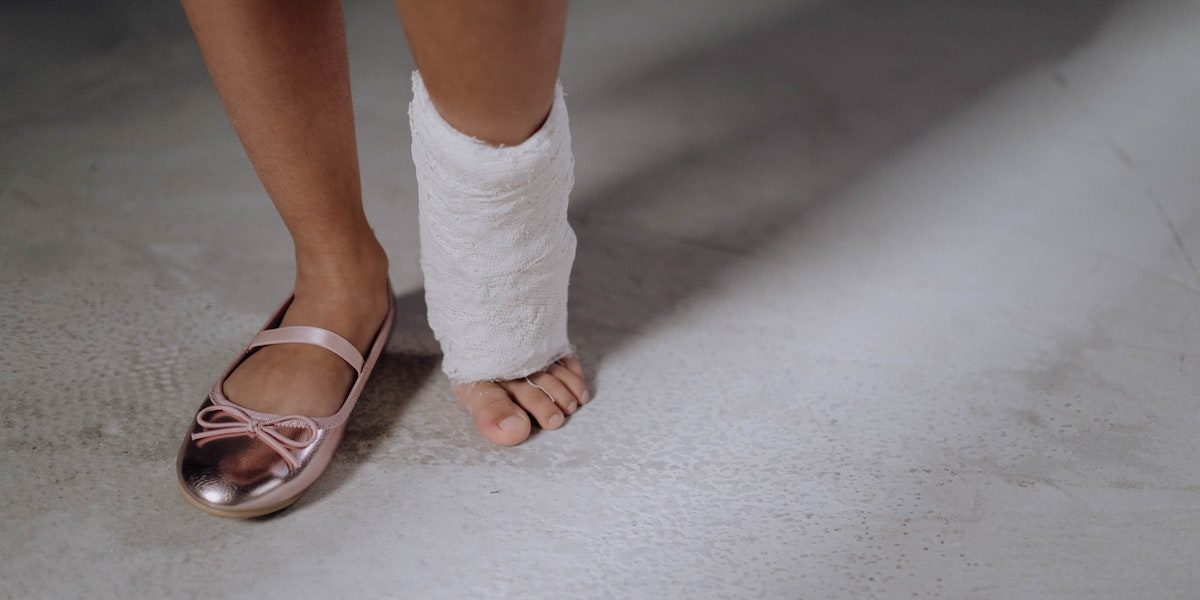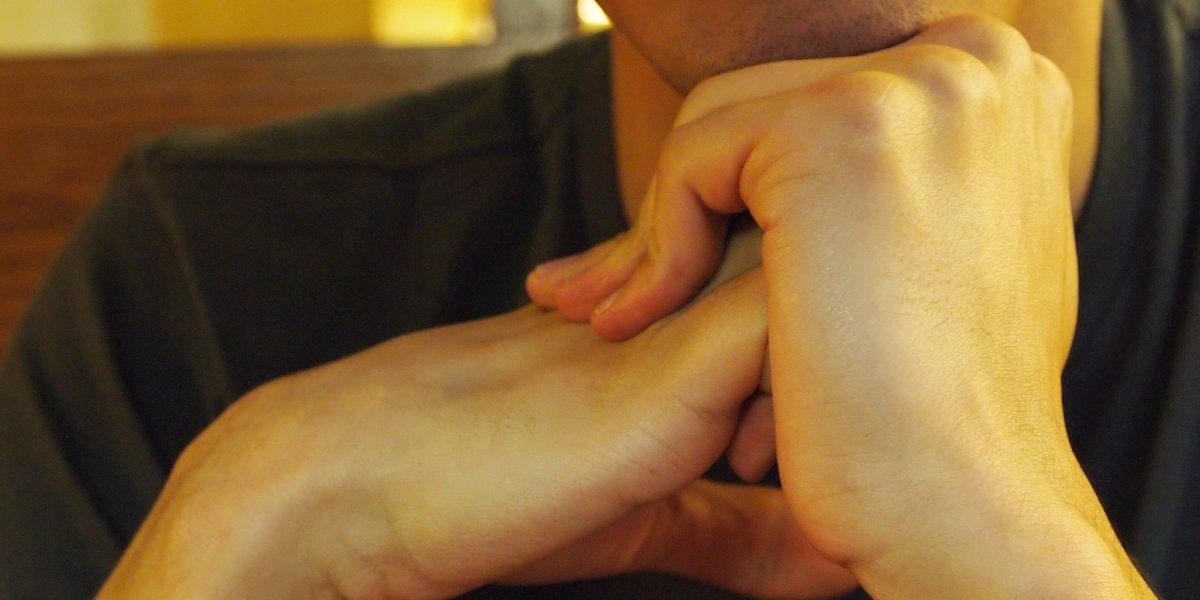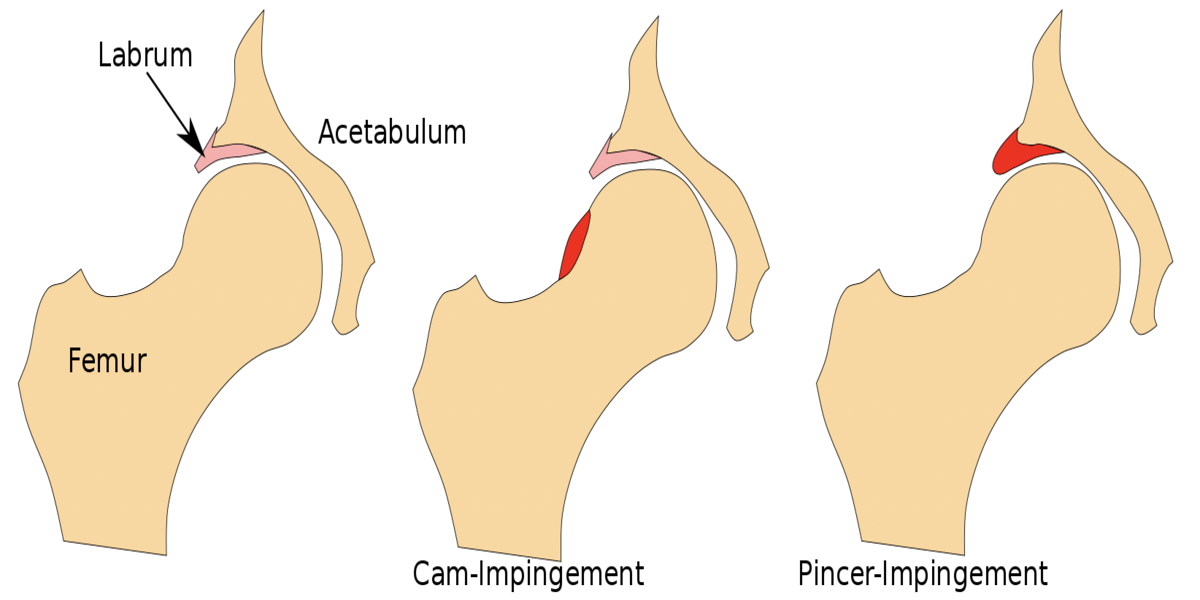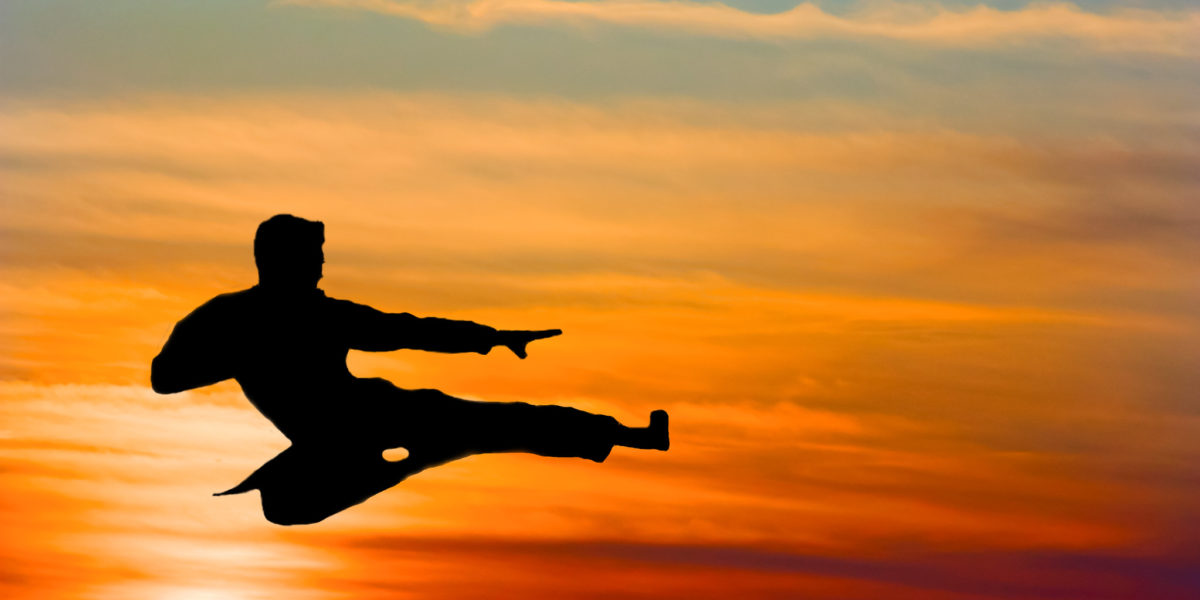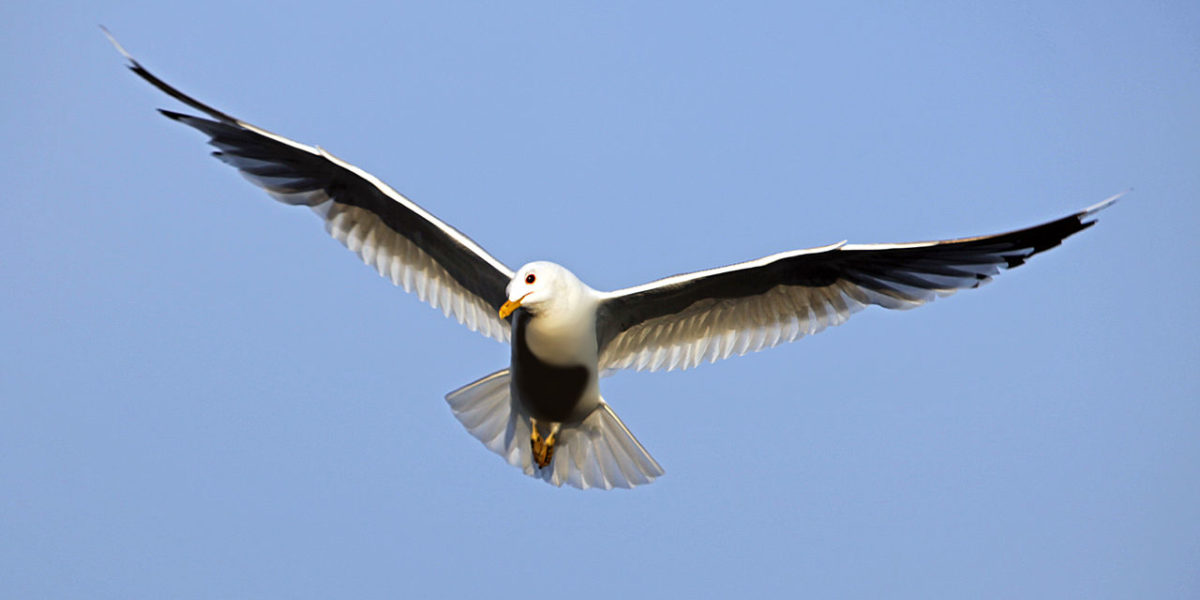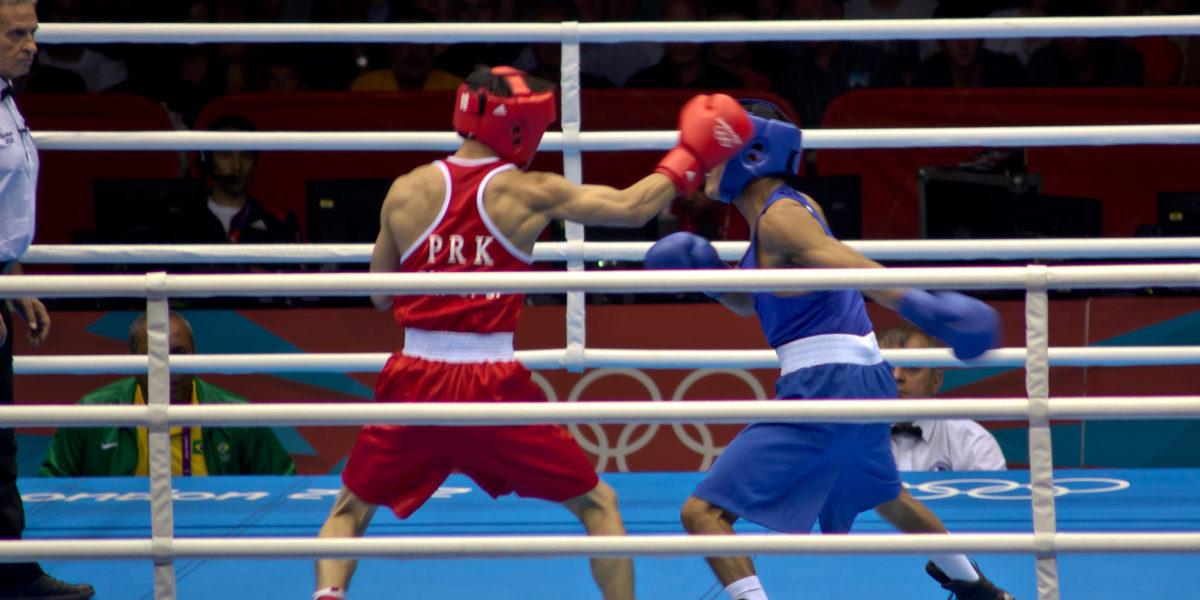Why can some pitchers throw 105 mph and some only 85? Baseball players are continuously trying to throw the ball faster and hit the ball further. The lower body muscles, especially the gluteus maximus/medius, adductors and and other pelvic movers, are essentially what power the throw and what can directly increase pitch velocity. Learning how to efficiently use the muscles in the lower body while pitching will allow players to optimize their performance, train correctly off the field, and prevent injuries.
Continue reading “How Lower Body Mechanics Unlock Performance in the Pitching Delivery”Tag: joints
Orthopedics and Shoulder Replacement (w/ Dr. Raymond Klug)
The Science Behind Load Management: How Isometrically Overloading Tired Knees Can Promote Growth and Healing
Many athletes who experience pain right below the kneecap after a spike in volume of explosive physical activities (ie. running/jumping) are diagnosed with patellar tendonitis, commonly referred to as runner’s or jumper’s knee. The suffix “itis” is Greek for inflammation and a common remedy is rest to reduce the inflammation. In some cases, an initial rest period combined with physical therapy to strengthen surrounding muscles such as the hip flexors and gluteus medius is enough to alleviate the knee pain for good, in other cases the rest is of no benefit or even worsens the patellar tendon’s condition and starts a chronic cycle of resting and then returning to activity in more pain than before. In these cases a more accurate diagnosis of patellar tendinopathy is correct. Patellar tendinopathy implies chronically recurring pain on the anterior of the knee that is difficult to treat. In such cases, an MRI often reveals small lesions throughout the patellar tendon indicating that the tendon is structurally damaged and not just inflamed. A better understanding of the patellar tendon’s biological composition, and biomechanical function may help to resolve future cases of patellar tendinopathy.
Continue reading “The Science Behind Load Management: How Isometrically Overloading Tired Knees Can Promote Growth and Healing”You’re En Pointe! Biomechanics and Ankle Injury Risk in Ballet Dancers
Dancing in pointe shoes raises the risk of injury for female ballerinas. Complex balletic movements require elevated muscular efforts and can put excessive stress loads on the ankle bones. Not many biomechanical studies focus on ballet, even as findings could contribute to decreased injury risk for dancers. A number of factors, such as ground reaction forces, ankle sway, and shoe flexibility can affect a dancer’s injury risk. But which factors contribute most?
Continue reading “You’re En Pointe! Biomechanics and Ankle Injury Risk in Ballet Dancers”Why Do Your Fingers Make A “Pop” Noise When You Crack Your Knuckles?
When cracking your knuckles, one tends to hear a “pop” noise that is loud, sharp, and irritating to most. This noise can be addicting in the sense that it makes others want to crack their knuckles. The main questions that I focused my research on were “Does cracking your knuckles or joints cause potential health issues for your future?” and “ Why does cracking a joint such as your knuckles make a “pop” noise?”
Continue reading “Why Do Your Fingers Make A “Pop” Noise When You Crack Your Knuckles?”Hip Hip Hooray: Joint Functionality Can Be Restored After Hip Labral Tear
Do you experience deep, sharp pain in your groin? Or a feeling of “catching” or “popping” in your hip joint as you go about your daily activities? Is your range of motion you once had now severely limited? If so, you could be experiencing symptoms of a hip acetabular labrum tear, an ever-increasing problem in society that fortunately, has effective treatments.
Continue reading “Hip Hip Hooray: Joint Functionality Can Be Restored After Hip Labral Tear”Kick like Karate kid
If you have seen the 1984 film “Karate Kid”, you know that the only way the protagonist Daniel LaRusso was able to defeat his nemesis Johnny Lawrence was with a “crane kick” to the chin powerful enough to knock him down allowing Daniel to clench the title of the Karate tournament.
Continue reading “Kick like Karate kid”Staying airborne: How bird wings are built for aerodynamic and efficient flight
Flight is a concept that has, until relatively recently in history, eluded humanity. However, birds have been successfully flying for approximately 130 million years, proving themselves to be a physical marvel of the natural world. And while our means of flight have historically been crude in design and performance, nature provides an elegant, efficient solution to get creatures off of the ground. Rüppell’s griffon vultures have been recorded flying as high as 37,000 ft, while some species of shorebirds have been recorded flying as far as from Alaska to New Zealand over eight days without stopping. But how exactly do birds seem to effortlessly overcome gravity so effectively? And perhaps more importantly, how might we apply these answers to improve manmade aircraft?
Continue reading “Staying airborne: How bird wings are built for aerodynamic and efficient flight”Packing a punch: Does strength indicate boxing performance?
Every sport has a different “ideal” body type, which is largely dictated by the muscle groups it focuses on training. Swimmers prioritize developing the muscles in their shoulders and backs, which allows them to propel themselves through the water with their arms. On the other hand, runners prioritize the hamstrings and quads in their legs, which allows them to generate greater force when pushing off of the ground. So, what is the ideal body type for boxing? Strength is clearly important when punching an opponent, but is it even the most important factor in boxing performance? Should either upper- or lower-body strength be prioritized over the other?
Continue reading “Packing a punch: Does strength indicate boxing performance?”Living Off Balance

Imagine yourself walking at a normal pace down the sidewalk. Maybe you are on your way to class. The sidewalk has a little bit of a tilt causing your left foot to be higher than the right as it plants on the ground. Imagine how your body may compensate after a few minutes of walking on this path. We have all walked on uneven ground and began to feel the effects with sore knees or hips. But what if you felt this same way all the time even on perfectly flat terrain? This is the reality for those with leg length discrepancies.
Continue reading “Living Off Balance”